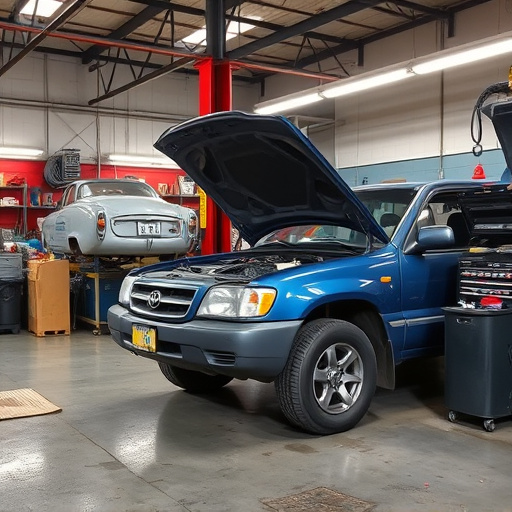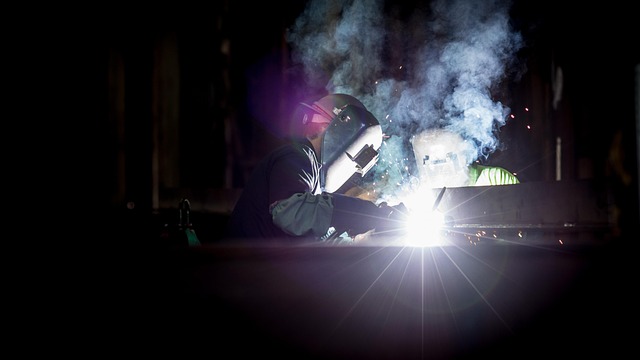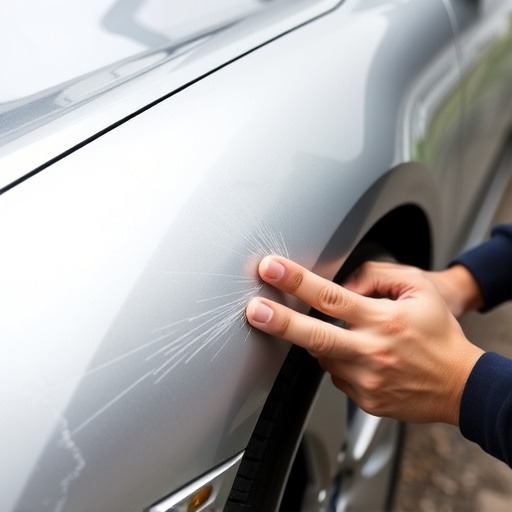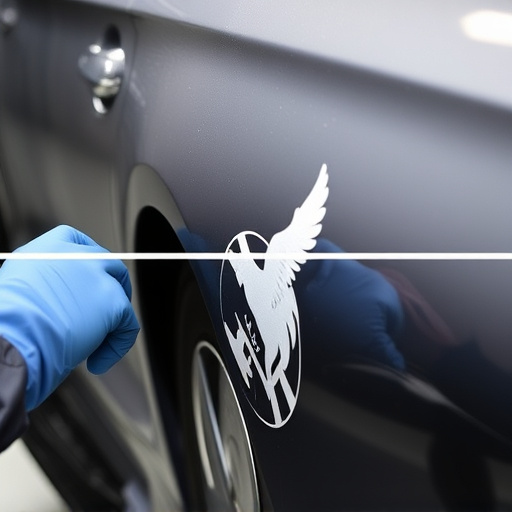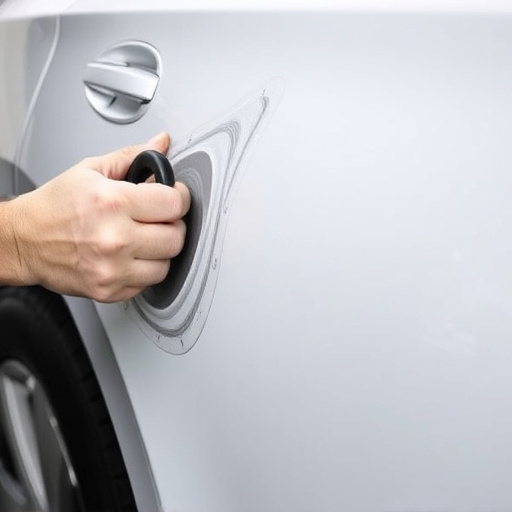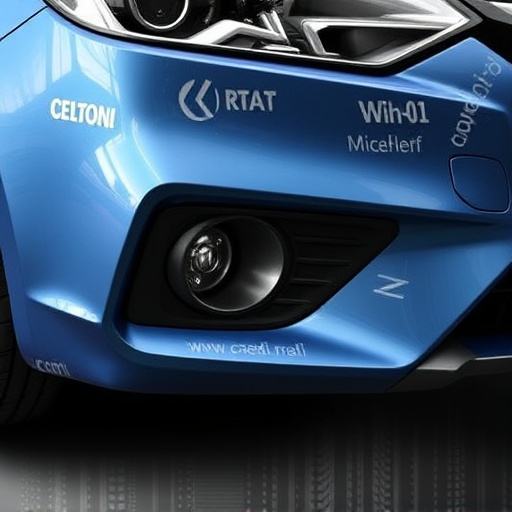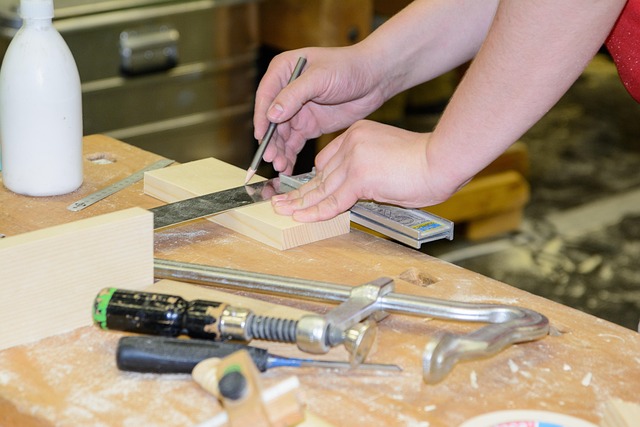Dent repair technologies, led by Paintless Dent Repair (PDR), significantly reduce environmental impact in auto body shops by minimizing waste, energy use, and greenhouse gas emissions. Eco-friendly alternatives to traditional metal parts and chemicals, like recycled plastics and composite materials, offer superior durability. Advanced systems use automated tools, digital imaging, and eco-filling materials to drastically cut waste and energy consumption, aligning with industry sustainability goals for cleaner air and conserved resources.
Dent repair technologies are revolutionizing auto body maintenance, offering more than just cosmetic benefits. By minimizing waste and adopting eco-friendly materials, these innovative solutions contribute significantly to environmental conservation. Advanced processes powered by technology ensure efficient repairs, reducing the carbon footprint associated with traditional methods. This article explores how dent repair’s evolving landscape is creating a greener future, from waste reduction to sustainable materials and streamlined operations.
- Reducing Waste: Dent Repair's Role in Environmental Conservation
- Eco-Friendly Materials: A New Standard in Auto Body Repairs
- Efficient Processes: How Technology Minimizes Environmental Impact
Reducing Waste: Dent Repair's Role in Environmental Conservation
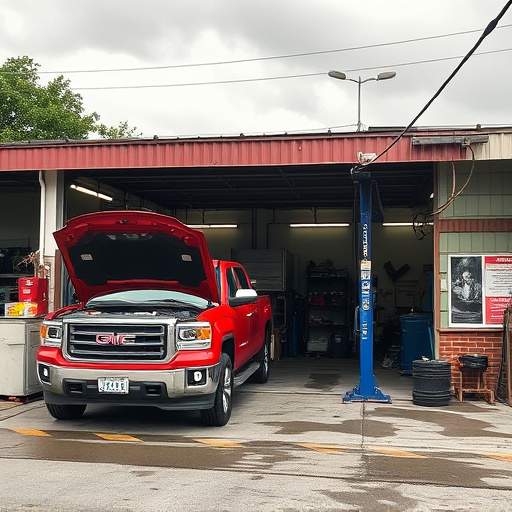
Dent repair technologies play a significant role in environmental conservation by reducing waste generated from automotive repairs. Traditional auto body shop services often involve extensive material waste, including plastic, metal, and paint scrapings. However, advanced dent repair techniques, such as PDR (Paintless Dent Repair), have emerged as eco-friendly alternatives. These methods minimize the need for auto painting and complex rebuilding, thereby reducing the environmental impact of automotive repairs.
By utilizing dent repair technologies, body shop services can significantly cut down on the amount of waste sent to landfills. Moreover, the reduction in material usage translates to lower energy consumption and greenhouse gas emissions associated with manufacturing new parts or recycling old ones. This not only conserves natural resources but also contributes to a cleaner, more sustainable environment for future generations.
Eco-Friendly Materials: A New Standard in Auto Body Repairs

The automotive industry is witnessing a significant shift towards eco-friendly practices, and dent repair technologies are at the forefront of this movement. One of the most notable changes is the adoption of sustainable materials in auto body repairs. Traditional car repair services often relied on heavy metal parts and toxic chemicals, contributing to environmental degradation. However, modern dent repair technologies have introduced a new standard with eco-friendly alternatives.
These innovative materials not only reduce the carbon footprint but also offer excellent durability and aesthetics. For instance, many collision repair services now use recycled plastics and composite materials, which are lighter and more flexible than conventional metal panels. This shift minimizes waste generation and energy consumption during production and installation. Additionally, these new materials can be easily recycled again at the end of their useful life, creating a closed-loop system that benefits both the environment and the automotive industry’s sustainability goals.
Efficient Processes: How Technology Minimizes Environmental Impact

Dent repair technologies have transformed the way auto repair shops address collision damage repair, leading to more efficient processes that minimize environmental impact. These advanced systems leverage innovative tools and techniques, such as automated dent removal machines and eco-friendly filling materials, to reduce waste and energy consumption significantly. By streamlining the repairs, these technologies not only speed up turnaround times but also lower the overall carbon footprint of the auto repair industry.
Additionally, digital imaging and 3D mapping technologies play a crucial role in precise damage assessment, eliminating the need for excessive sanding or painting. This not only conserves resources but also reduces the release of volatile organic compounds (VOCs), contributing to cleaner air and a healthier environment. As these dent repair technologies continue to evolve, they promise a future where auto maintenance is more sustainable, efficient, and environmentally friendly.
Dent repair technologies are not only transforming the auto body industry but also playing a significant role in environmental conservation. By reducing waste, adopting eco-friendly materials, and implementing efficient processes, these innovations minimize the ecological footprint of vehicle repairs. As we move forward, expect to see more sustainable practices and materials in dent repair, contributing to a greener future for all.

